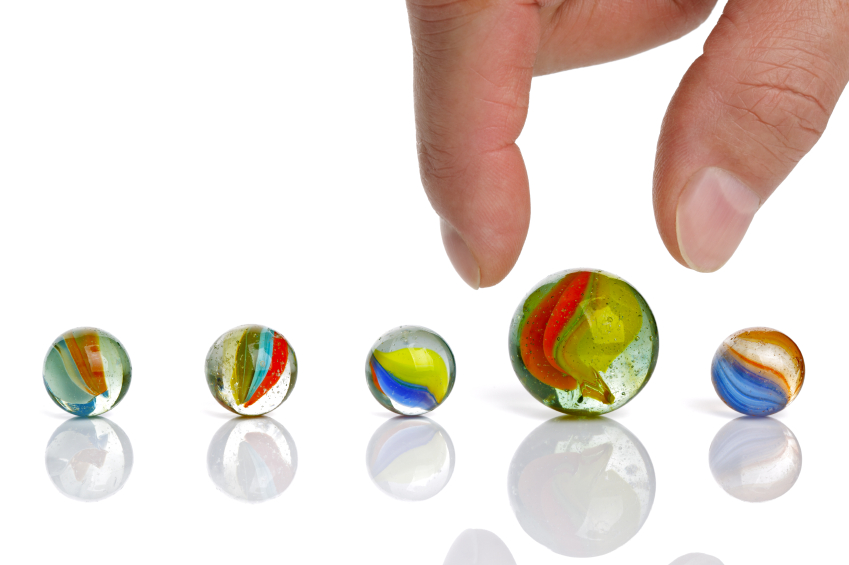Think of everything you did yesterday. The errands you hurriedly ran around town doing. The code you hastily checked in as soon as the unit tests passed. The two-and-a-half paragraphs of that book that you got to read because the washer had three minutes left. That meeting you weren’t quite prepared for.
What if you could have taken all week to get that done? The busy work is gone, and you have just 20% of your list left. The top 20%. Tasks you enjoy. Tasks that bring results.
How different would your life be? How different would you feel? Would you be more relaxed? Would you spend more time with friends and family?
You could.
Productivity is a funny thing. It’s intoxicating. It feels good to check off those tasks.
When we have a productive day, or a productive week, we try to do even more the next day. It doesn’t scale. Not for long.
Consider this quote by Steve Jobs at WWDC in 1997:
The way you get programmer productivity is not by increasing the line of code per programmer per day. That doesn’t work. The way you get programmer productivity is by eliminating lines of code you have to write. The line of code that is the fastest to write, that never breaks, that never needs maintenance is the line that you never have to write. The goal here is to eliminate 80% of the code that you have to write for your app. That’s the goal.
Now take away the code and think about productivity in general:
The way you get productivity is not by increasing the number of tasks per day. That doesn’t work. The way you get productivity is by eliminating tasks you have to do. The task that is the fastest to check off, that never takes three times longer than you thought it would, is the task that you never have to do. The goal here is to eliminate 80% of the tasks that ever go on your list. That’s the goal.
Could 80% of what’s on your task list be cruft that doesn’t need to be there? It’s possible. Here are some ways you can stick to the 20% that matters.
- Know what you’re heading towards. Creating a personal mission statement will help you identify the person you want to be and the life you want to live. Set SMART goals to keep yourself focused and moving forward.
- Put the big rocks in first. Each week, decide what tasks are going to have the biggest impact. Which role needs the most attention? Start allocating your time there.
- Try the minimum effective dose. In The Four-Hour Work Week, Tim Ferriss calls this the “minimum effective dose”. The phrase “good enough” has gotten a bad rap, especially among high-achievers, but learning to embrace it can powerfully boost your productivity.
- Use a Someday/Maybe list. This list isn’t part of your task list, but it’s part of your planning system. It’s a list of things you might want to do someday. Maybe. You’ll think about it. Until then, it isn’t cluttering up your task list.
- Use the two-minute rule. If it would take you longer to write down the task and track it in your system than it would to just do it, then just do it. This is David Allen’s two-minute rule from Getting Things Done. If you’re like me, you’ll write it down anyway, just for the satisfaction of checking it off. That’s fine. The important thing is to get it done and free yourself up for bigger things.
Try it for a week. Identify your top 20% tasks and keep them. Set the other 80% aside. (For bonus points, do the same thing for your meetings: go to the top 20% and excuse yourself—just for this week—from the other 80%.) See the difference it makes.
Start to unwind yourself from the tasks, projects, and even goals that don’t contribute to your top 20%. Focus on creating value for yourself and for those around you. Set the rest aside and enjoy being productive for a change.
Question: What’s in your top 20%? Share your thoughts in the comments, on Twitter, LinkedIn, or Facebook.

